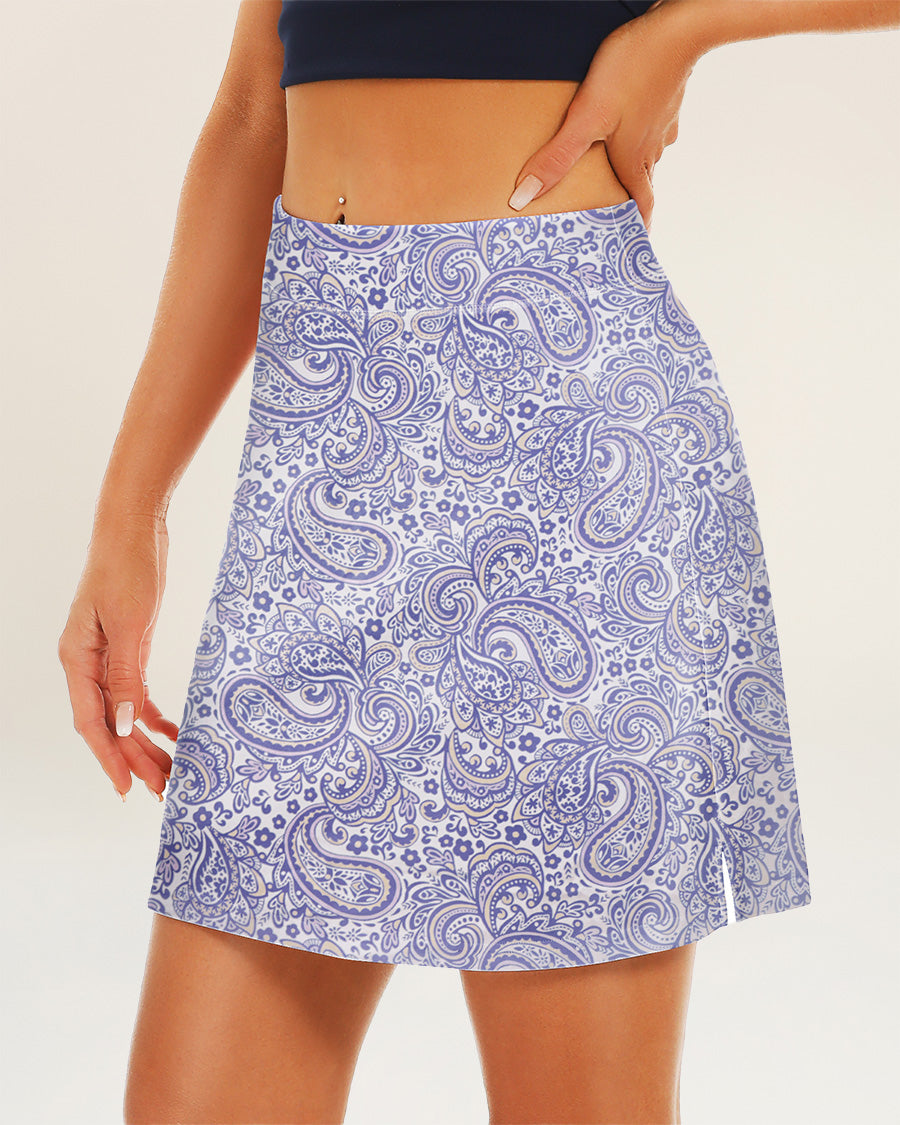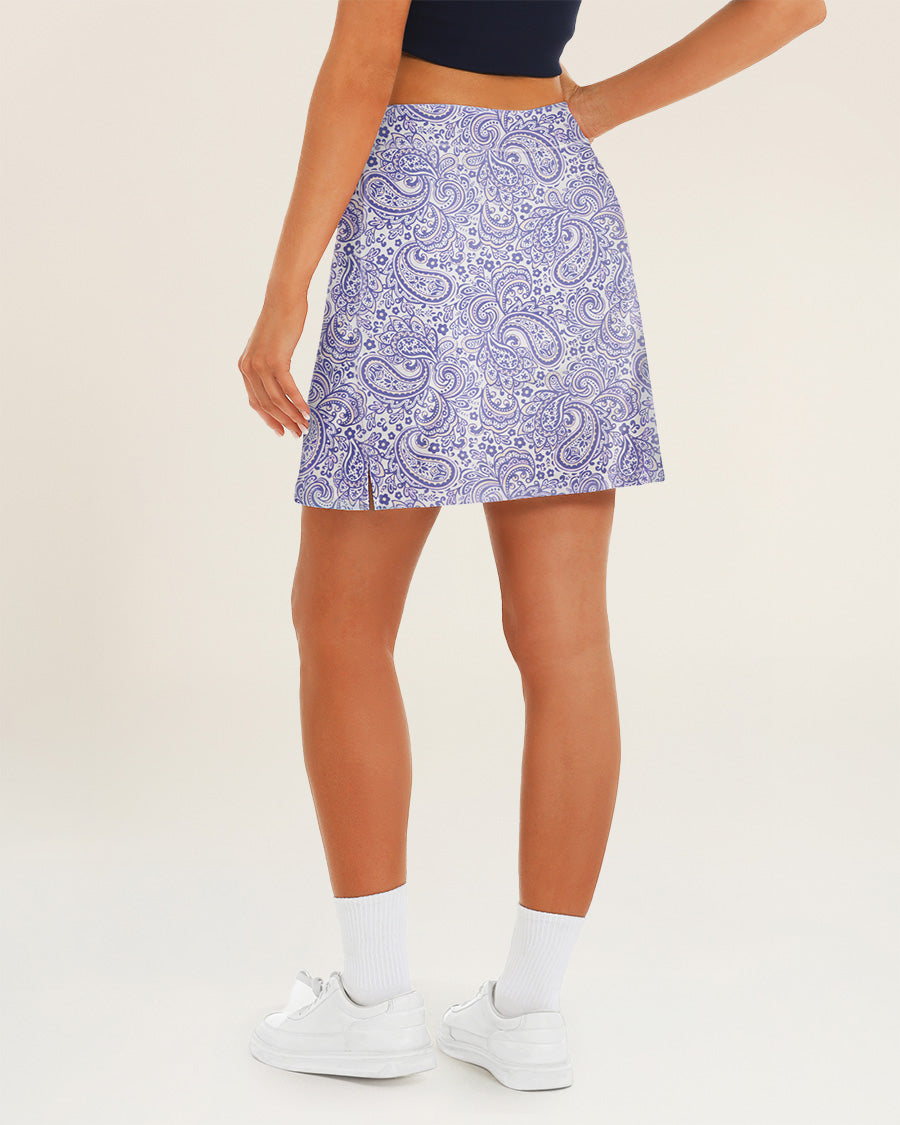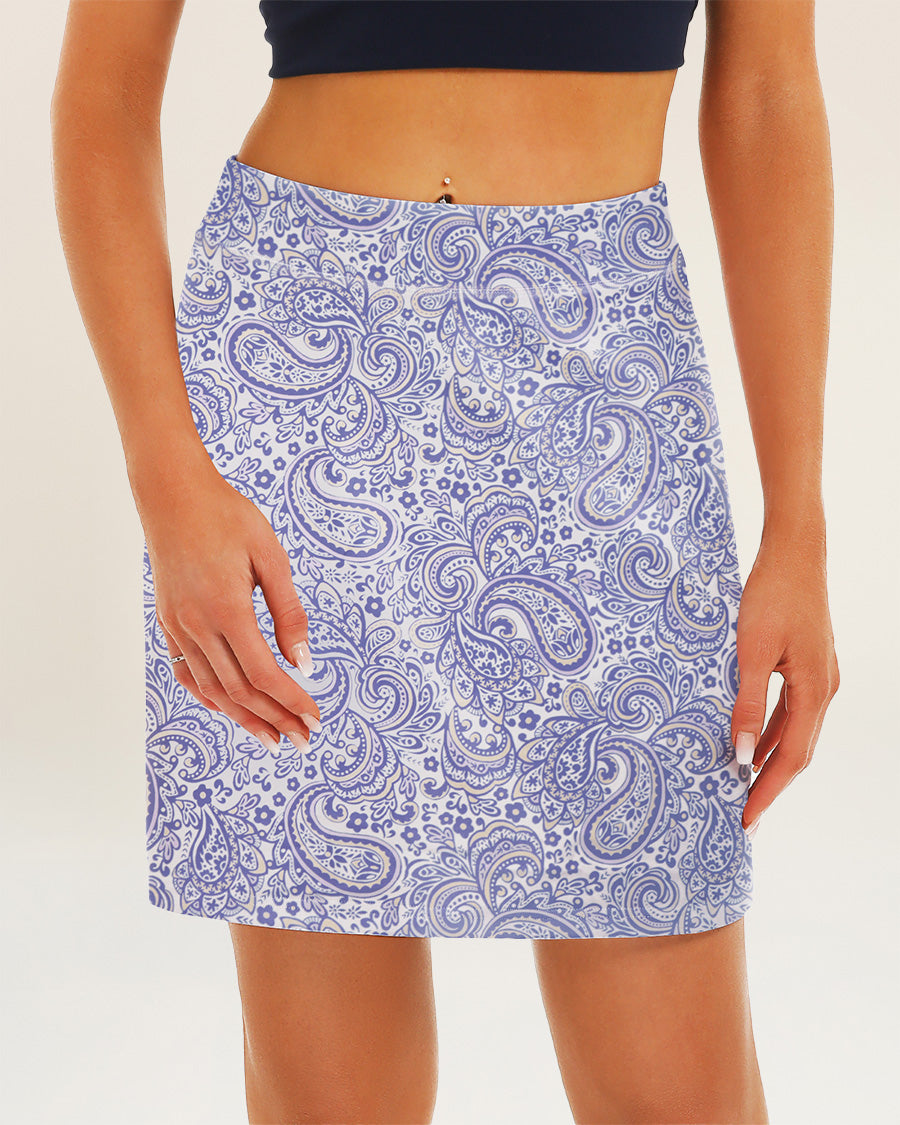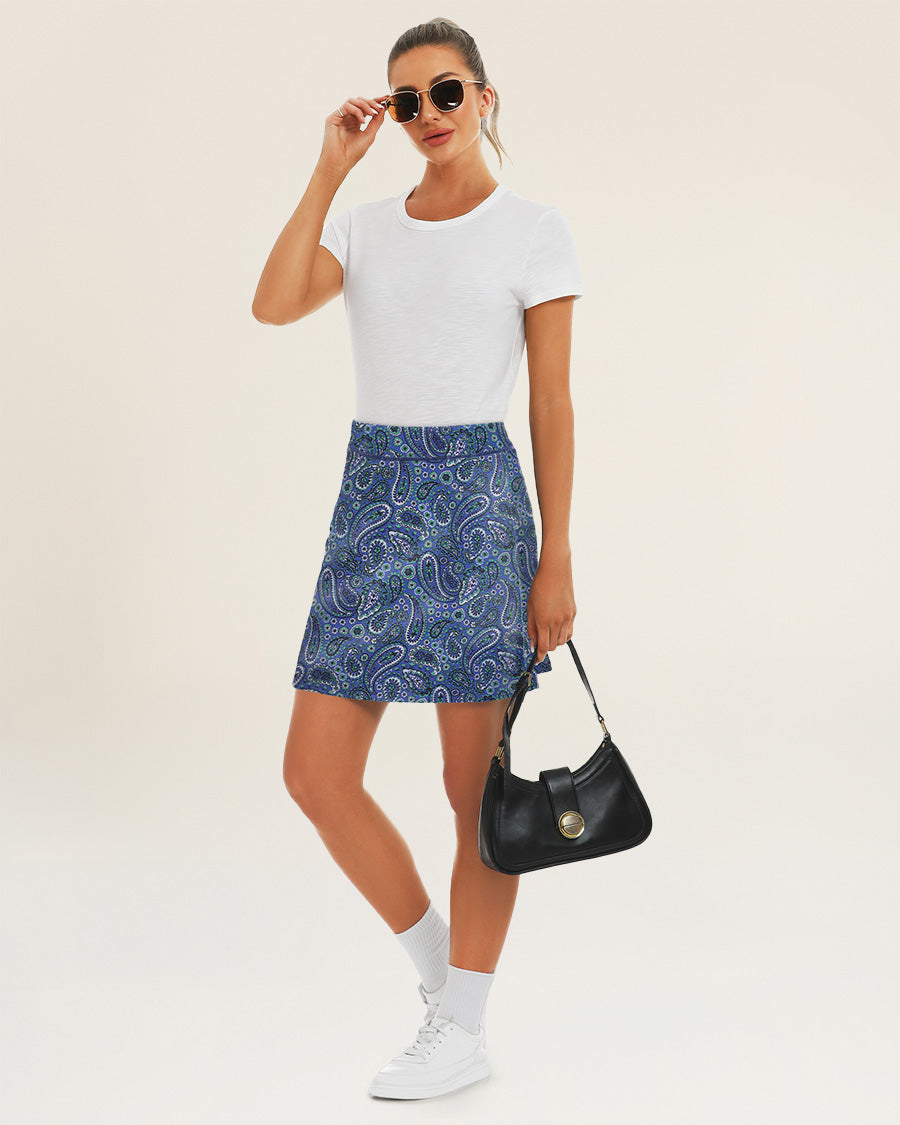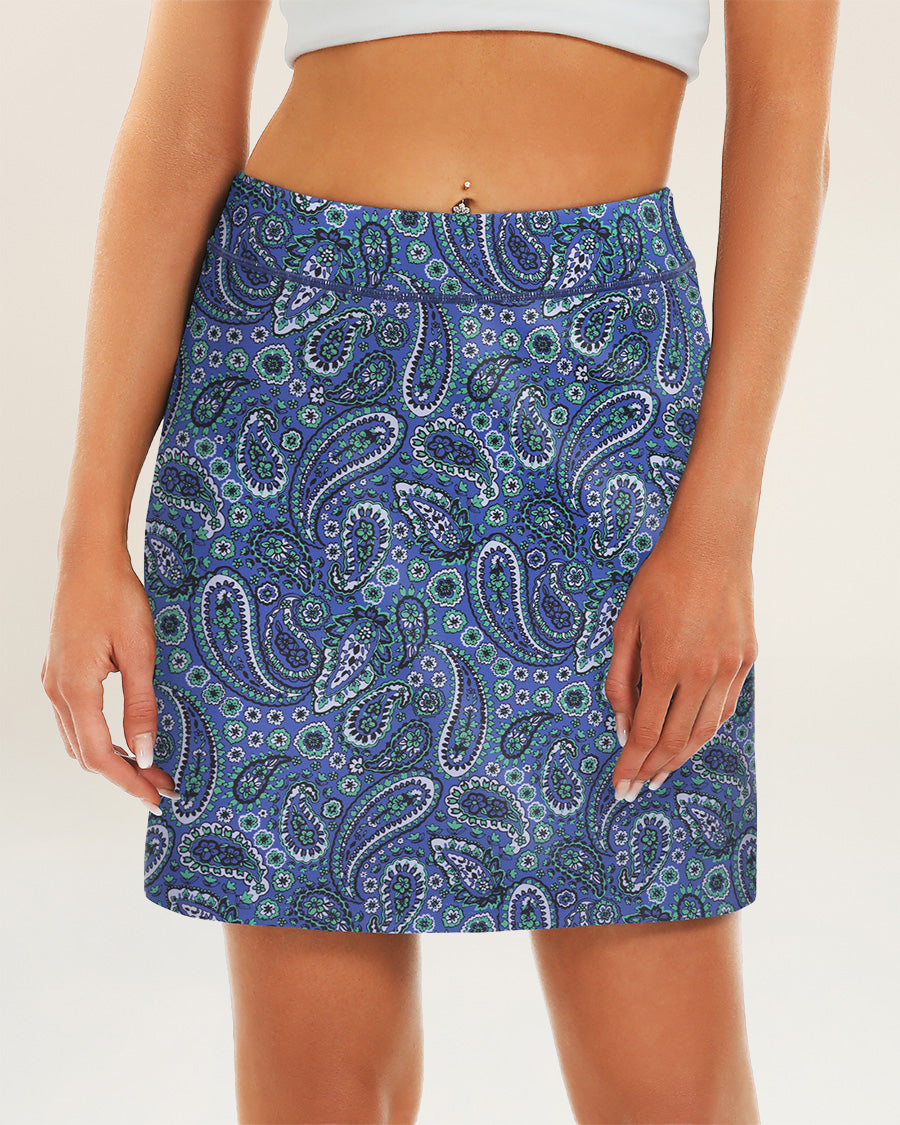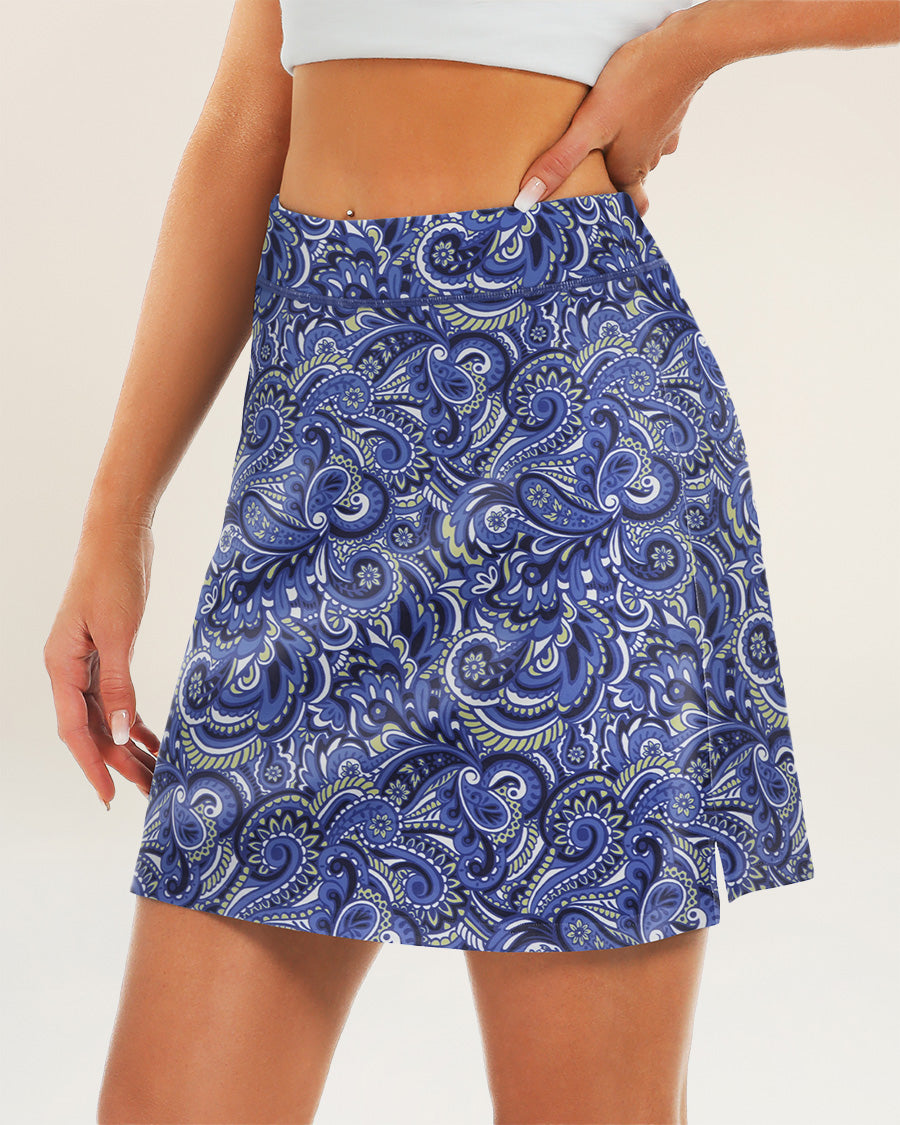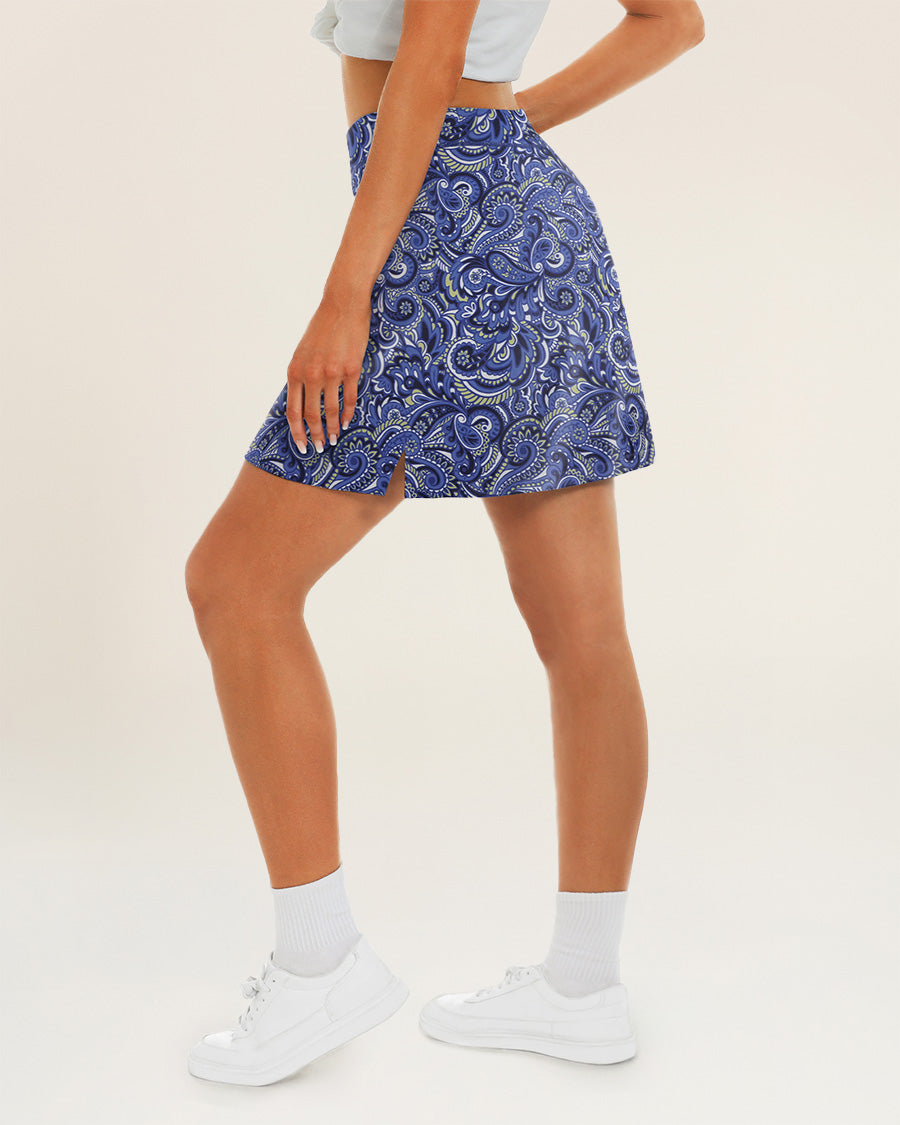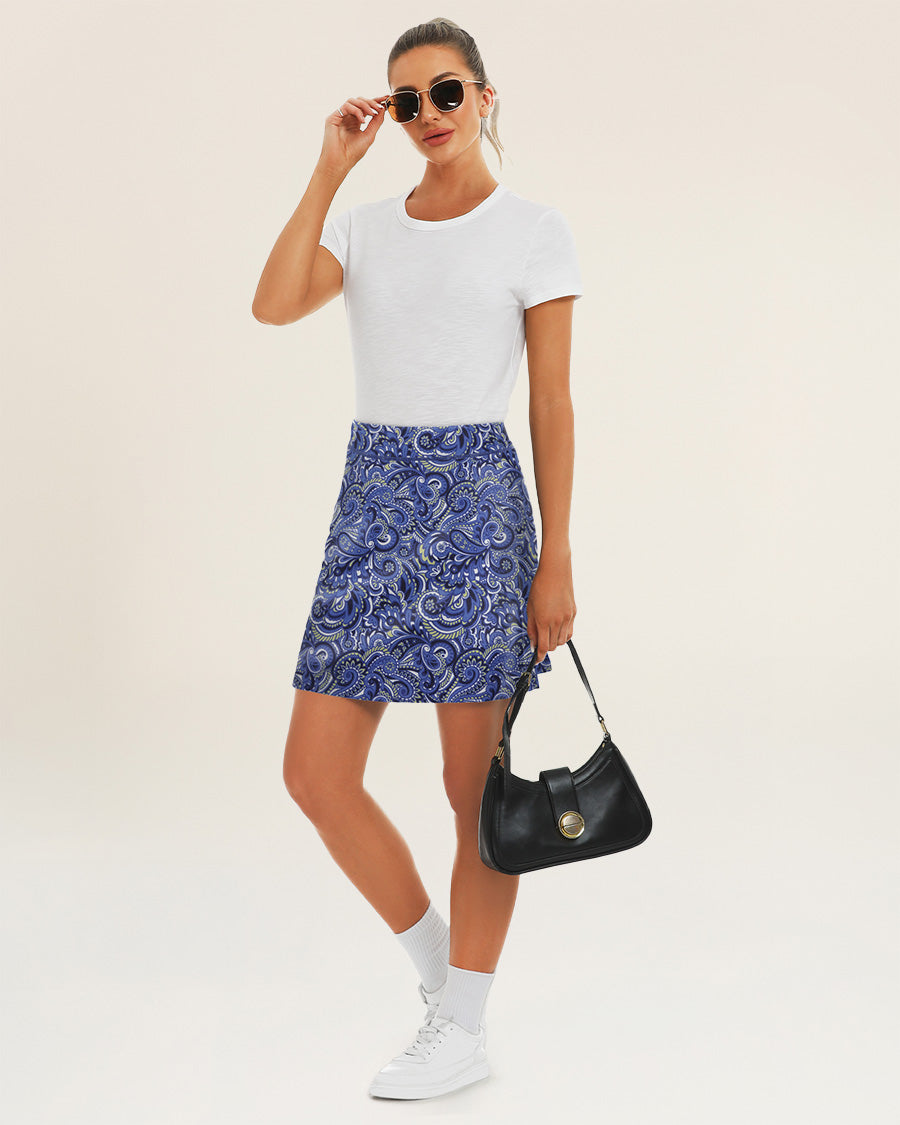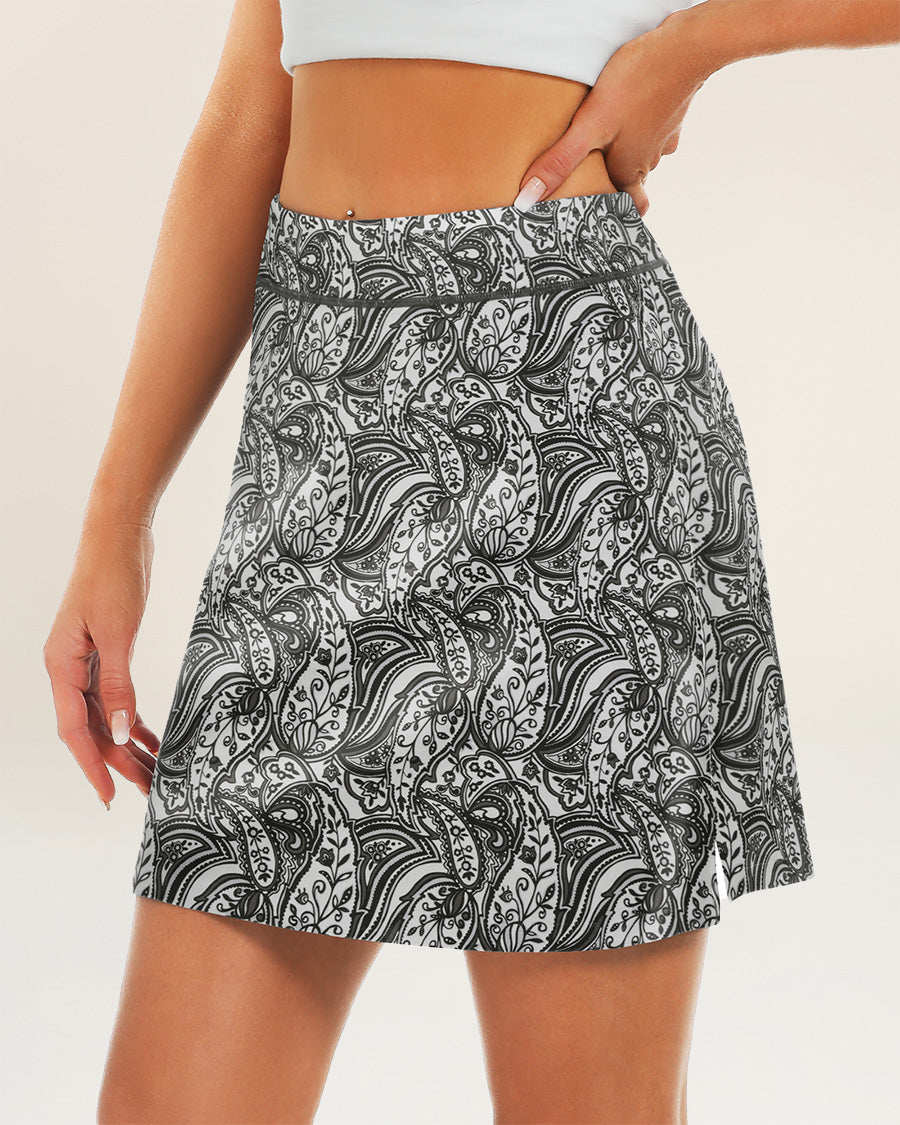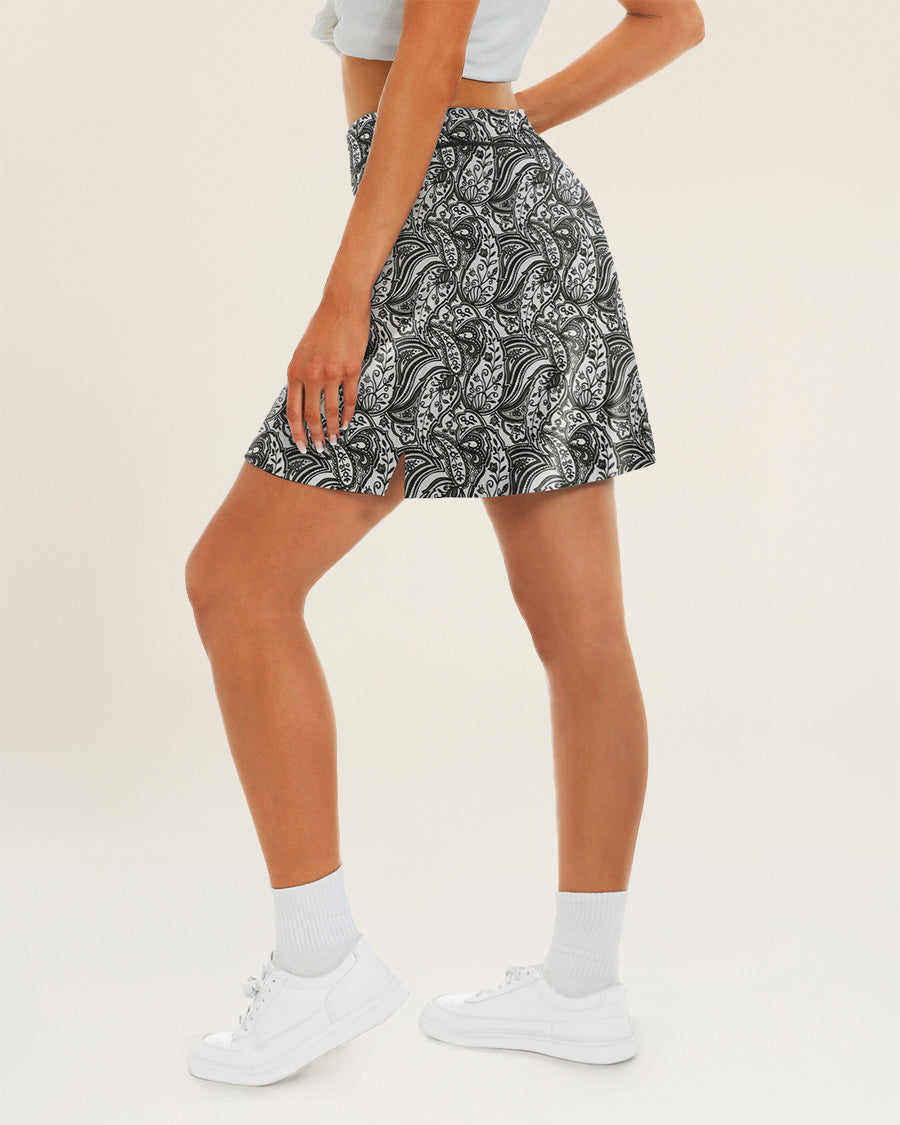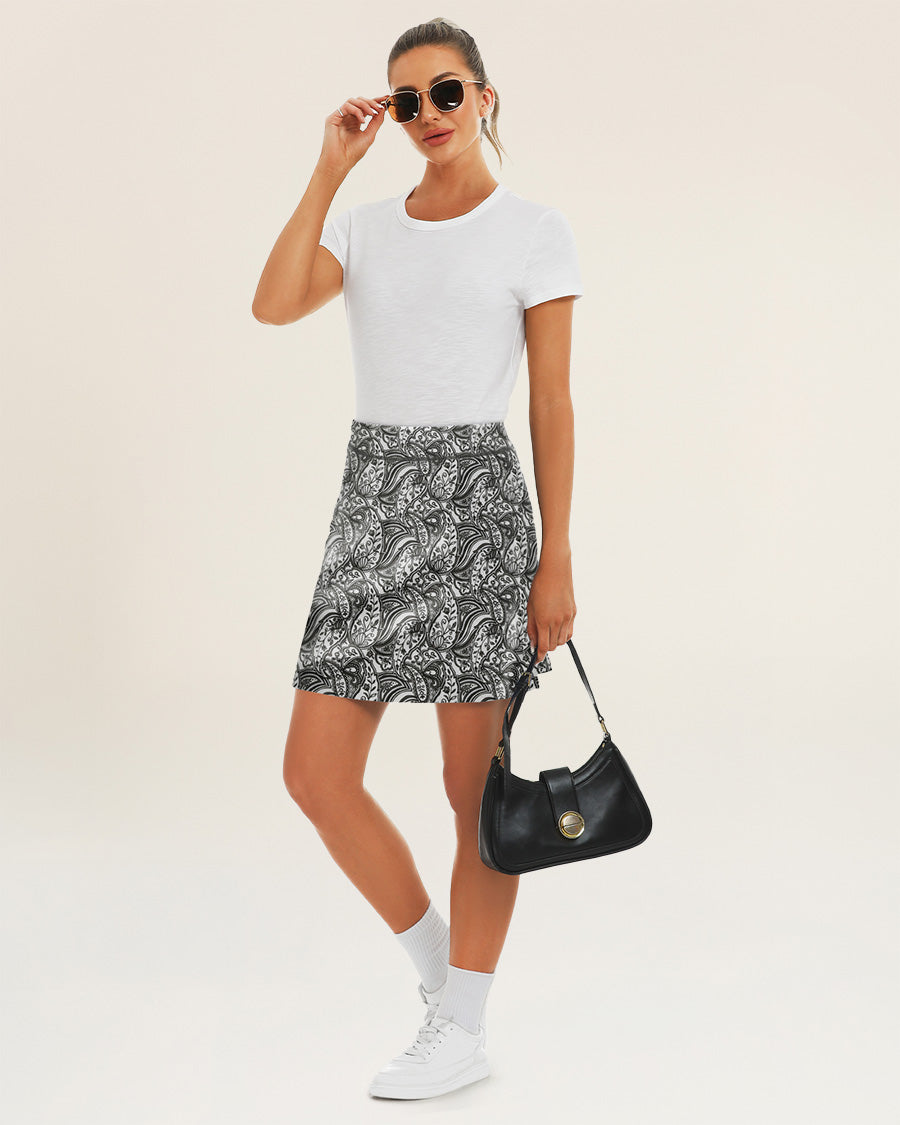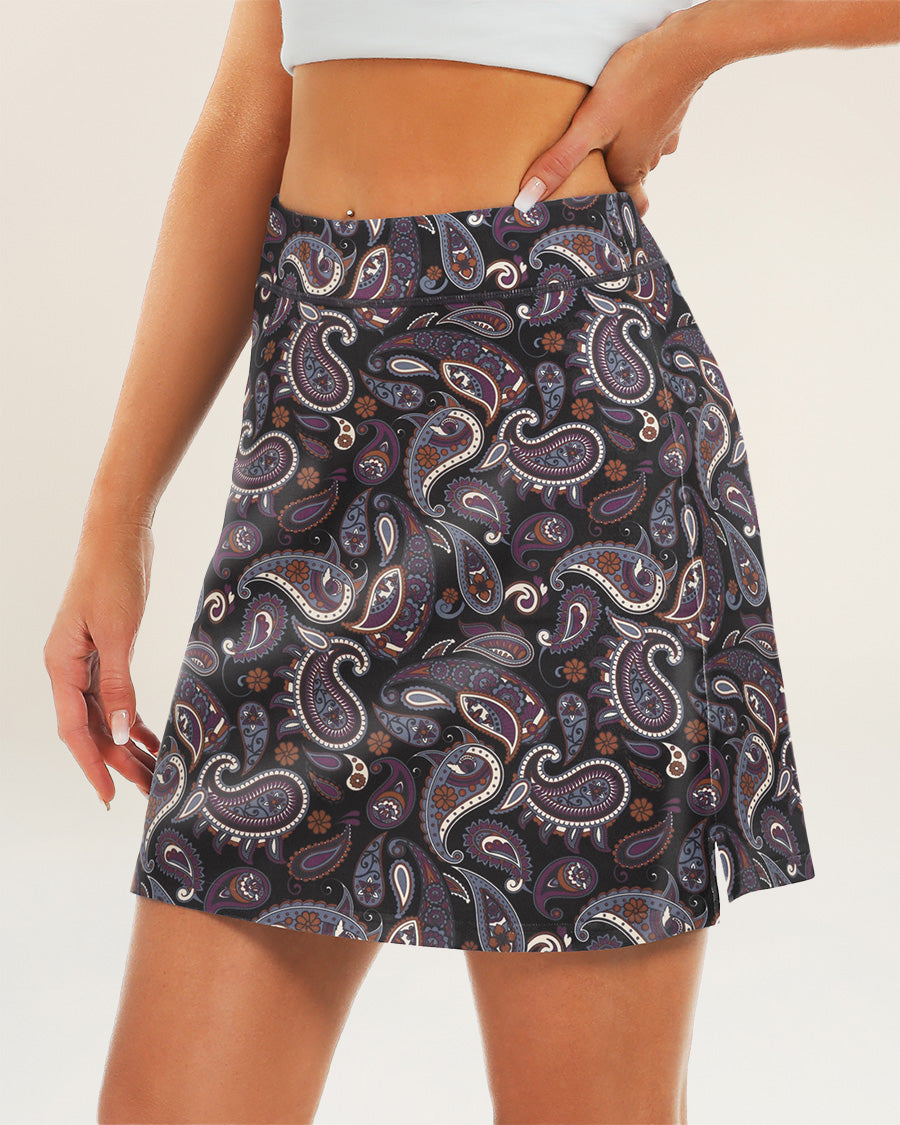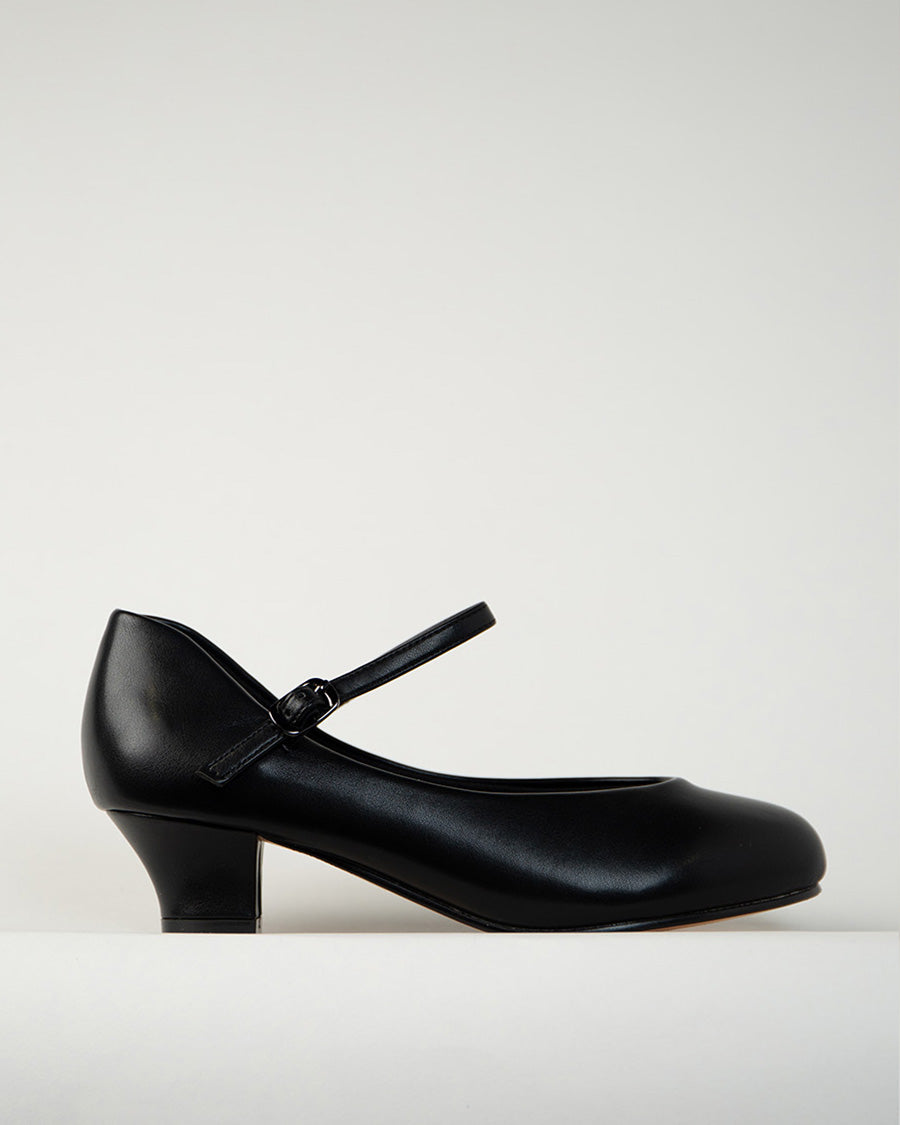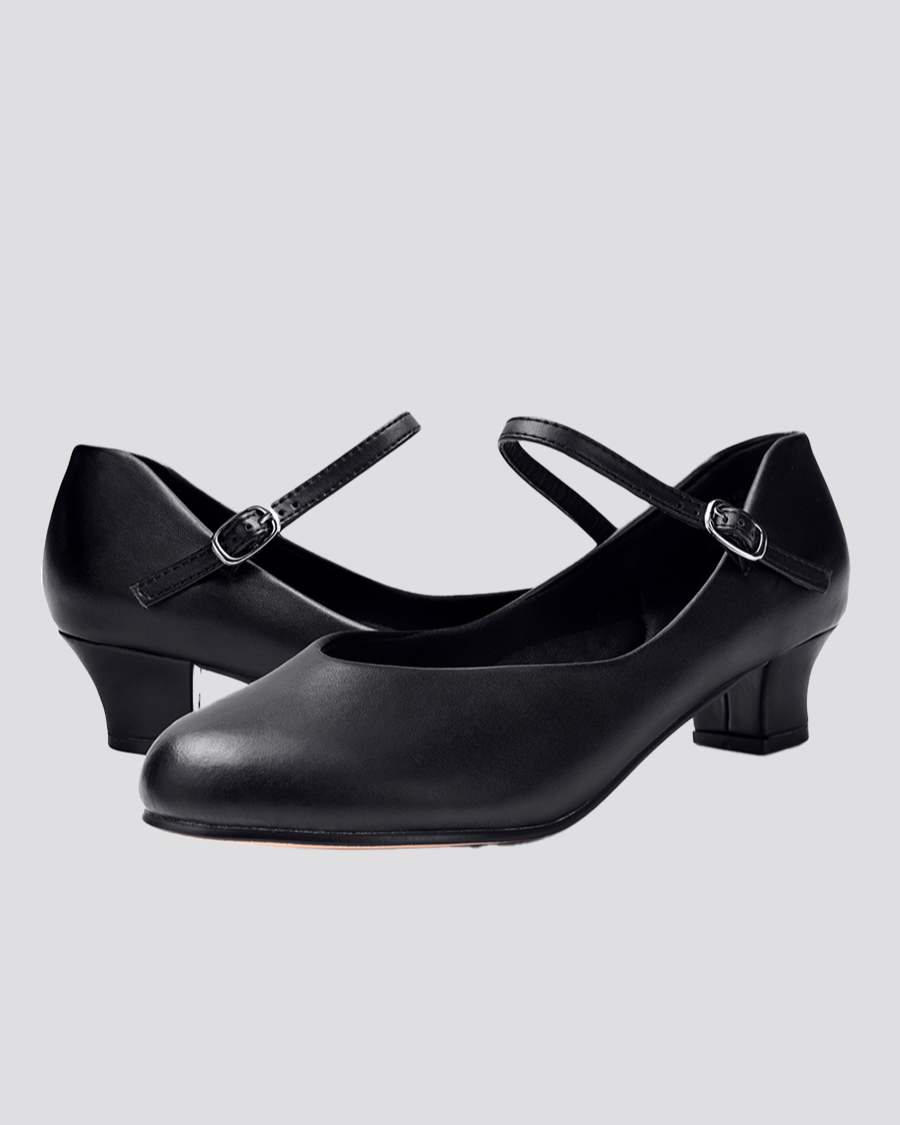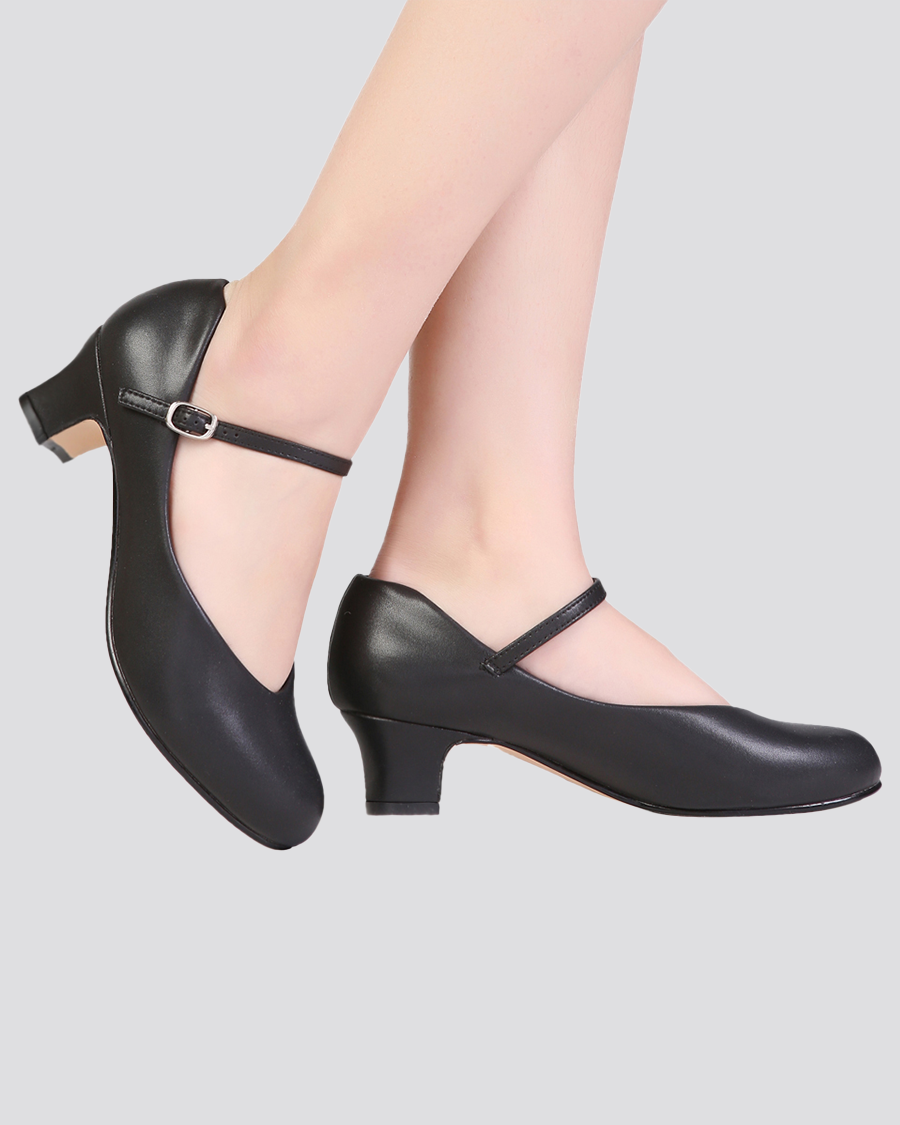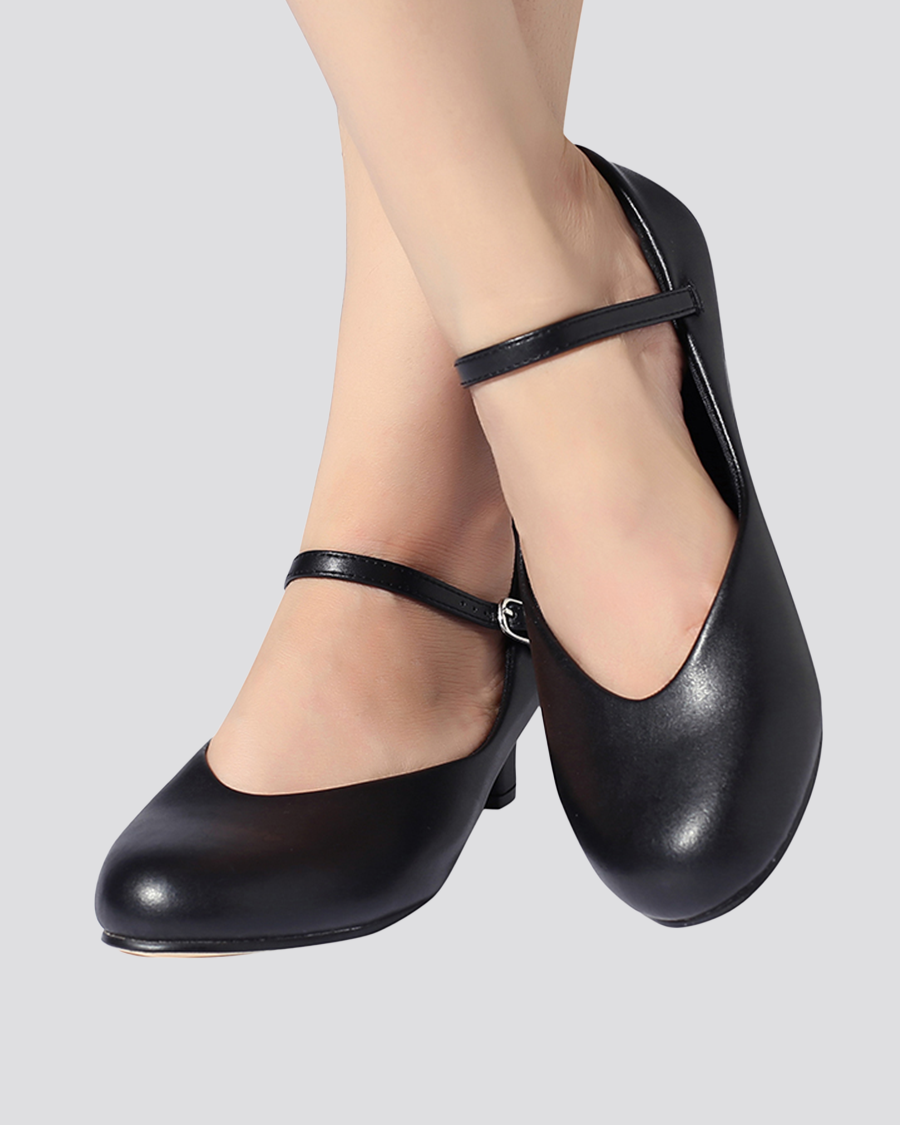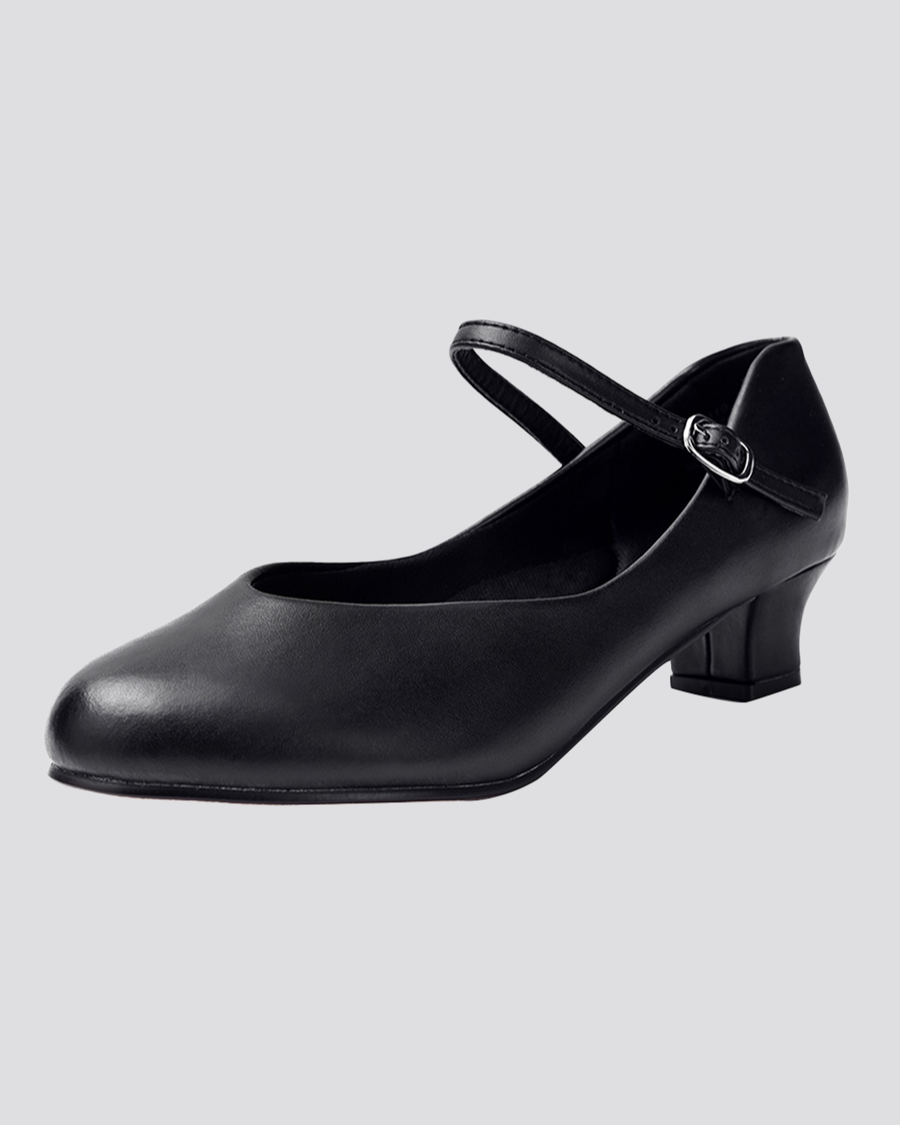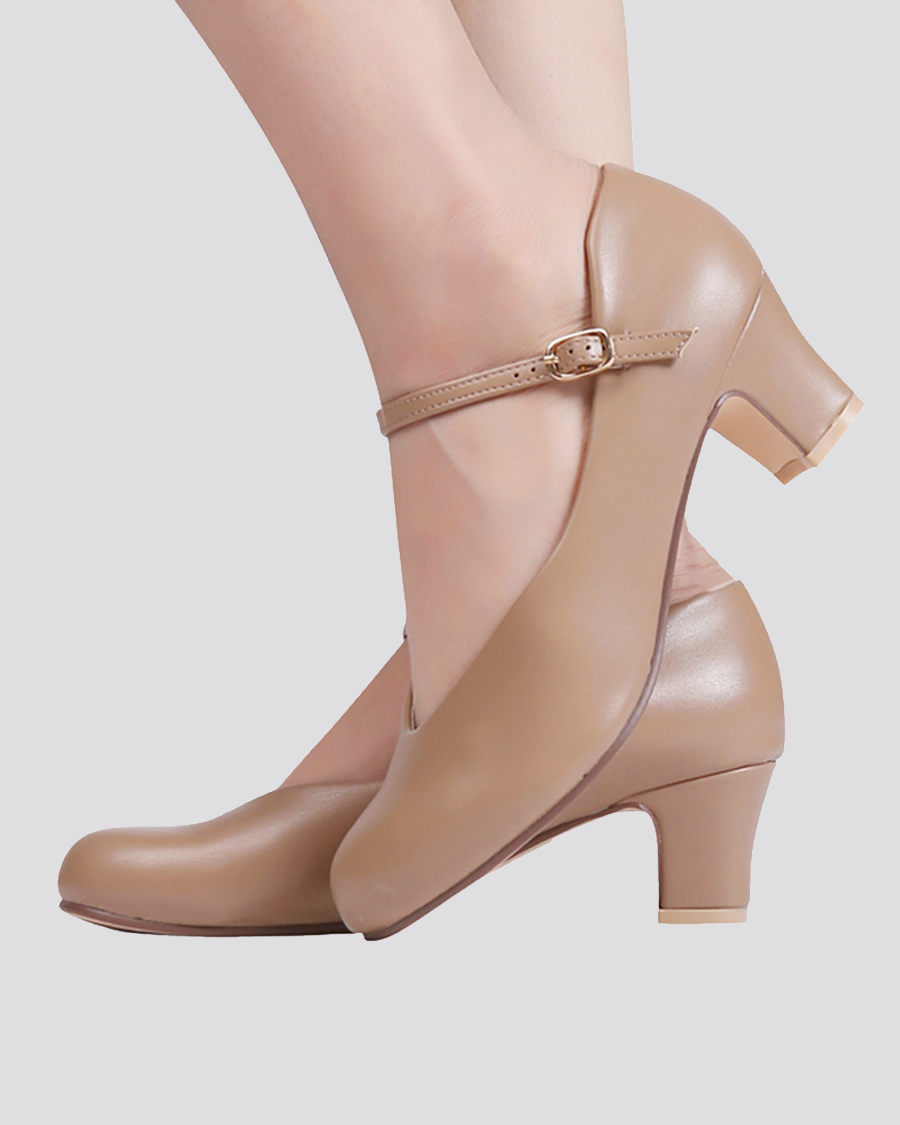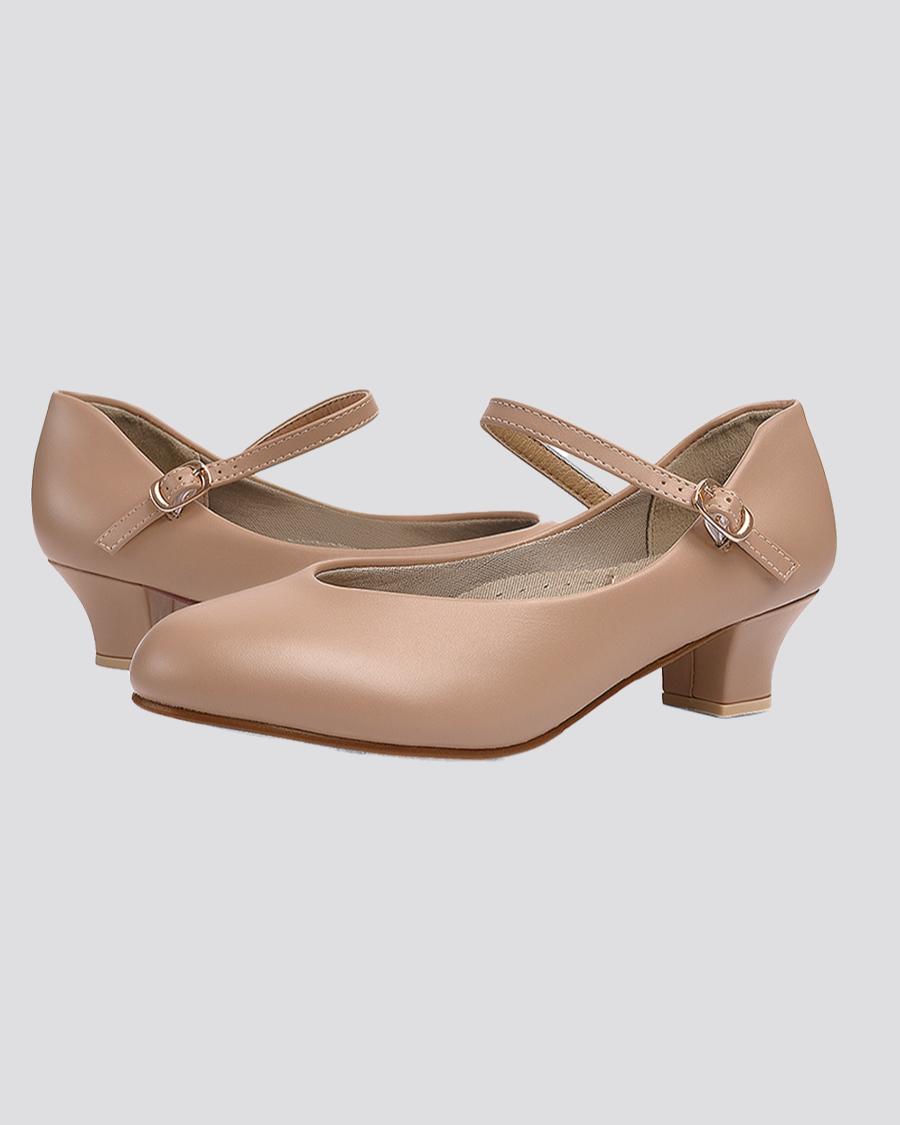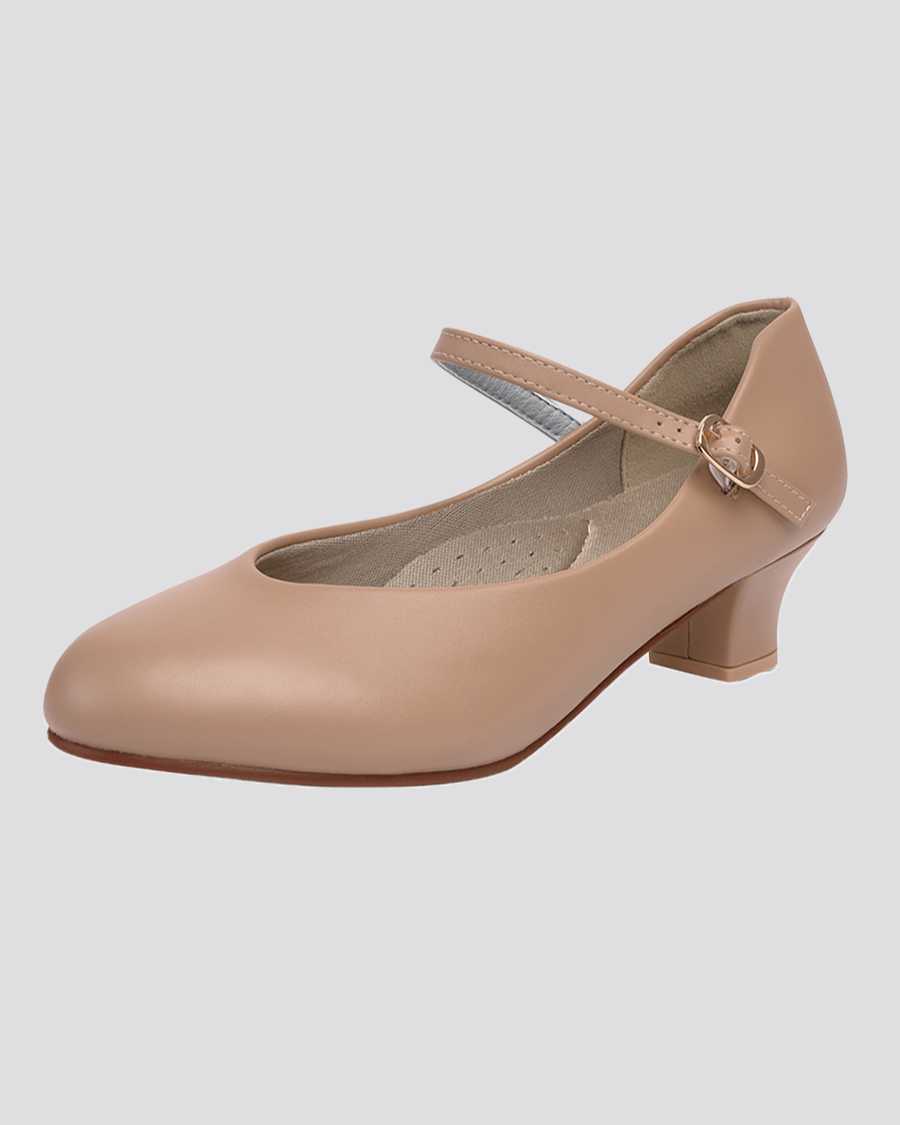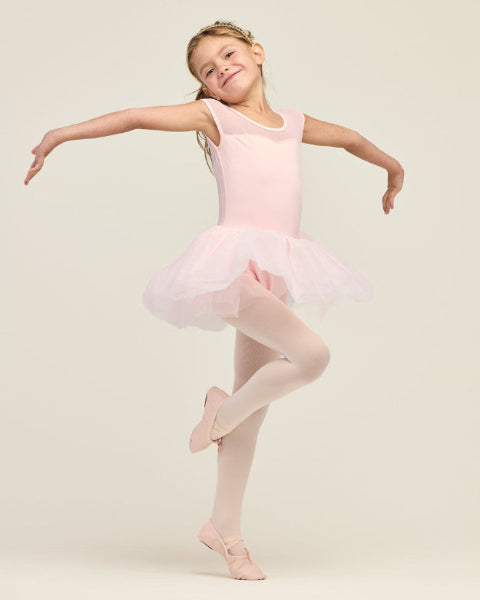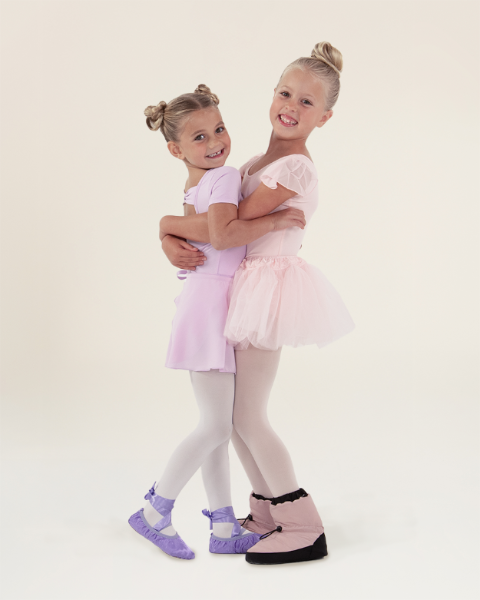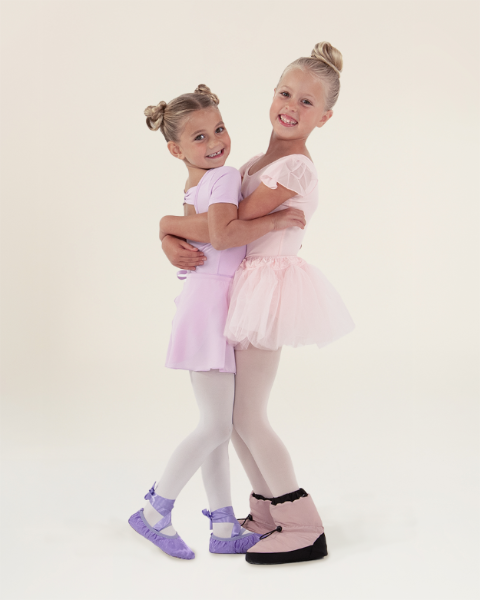So, it’s finally happened: your little household dancer is graduating from silly shimmies to the world of ballet. Congratulations!
Of course, before you can send your child off to their first ballet class, you’ll need to outfit them with the right dancewear, including the classic ballet slippers. For parents new to this type of dance, it may be hard to figure out how to choose the right kids ballet shoes to set your child off to a good start.
Luckily, we’ve got you covered with simple ballet shoes buying guide to break down the basics. Read on to find the best slippers for your new dancer!
Ballet Shoes Materials
There are a few different materials traditionally used in ballet flats: leather, canvas, and satin.
Leather shoes have been the more popular slipper option since ballet got its start in the 1700s. Today, they continue to be longer-lasting and more durable than the other alternatives.
As a result, leather ballet shoes—with a single leather sole—are a common pick as the beginner ballet shoes, as they’re easy to find and they provide great support for little feet. In addition, leather shoes will mold to the wearer’s foot in time, which can help their technique.
Canvas and satin shoes are becoming more readily available in children’s sizes as well. Neither of these is as durable, nor satin in particular is usually worn just for the aesthetic shine more than their training value. Split-sole canvas shoes, on the other hand, are easy to clean and less expensive than leather, and some parents opt for them as a cost-effective choice for growing feet.
Ultimately, the choice of material is up to you and your child, depending on the fit and form of the shoe. Reaching out to your child’s instructor can be a great way to get more specific advice based on the school’s requirements and your child’s preferences.
Finding the Right Fit

When you’re buying pointe shoes for kids, the most important thing to consider is the way they fit. Your child will be spending a lot of time on their feet, a pair of flats that fit the contours of their feet can give them a true learning advantage.
The ballerina shoes should fit right against your child’s foot like a sock, without any excess material pinching or puckering. On the other end of the spectrum, they shouldn’t be so tight that they curl the toes or compress the foot in any way.
The right fit will mimic the feel and comfort of barefoot walking, which can encourage your little dancer to find proper form and foot alignment. This can be tricky to find, especially because slipper sizes will vary from manufacturer to manufacturer! You’ll need to know your child’s shoe size to start, but make sure to take a look at the shoe on your child’s foot as well.
To make sure your child is comfortable, here are a few things to consider:
✅ The shoes should hug the foot but not pinch or leave red marks.
✅ There should be no bulging or gaps (especially near the arch or heel).
✅ The entire sole should touch the ground when your child stands.
✅ The secure elastic should keep the shoe in place and not dig into the skin.
👉 For a more detailed explanation of these four points, check out this article: How to Measure and Fit Ballet Shoes for Kids
















